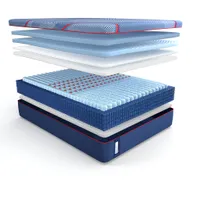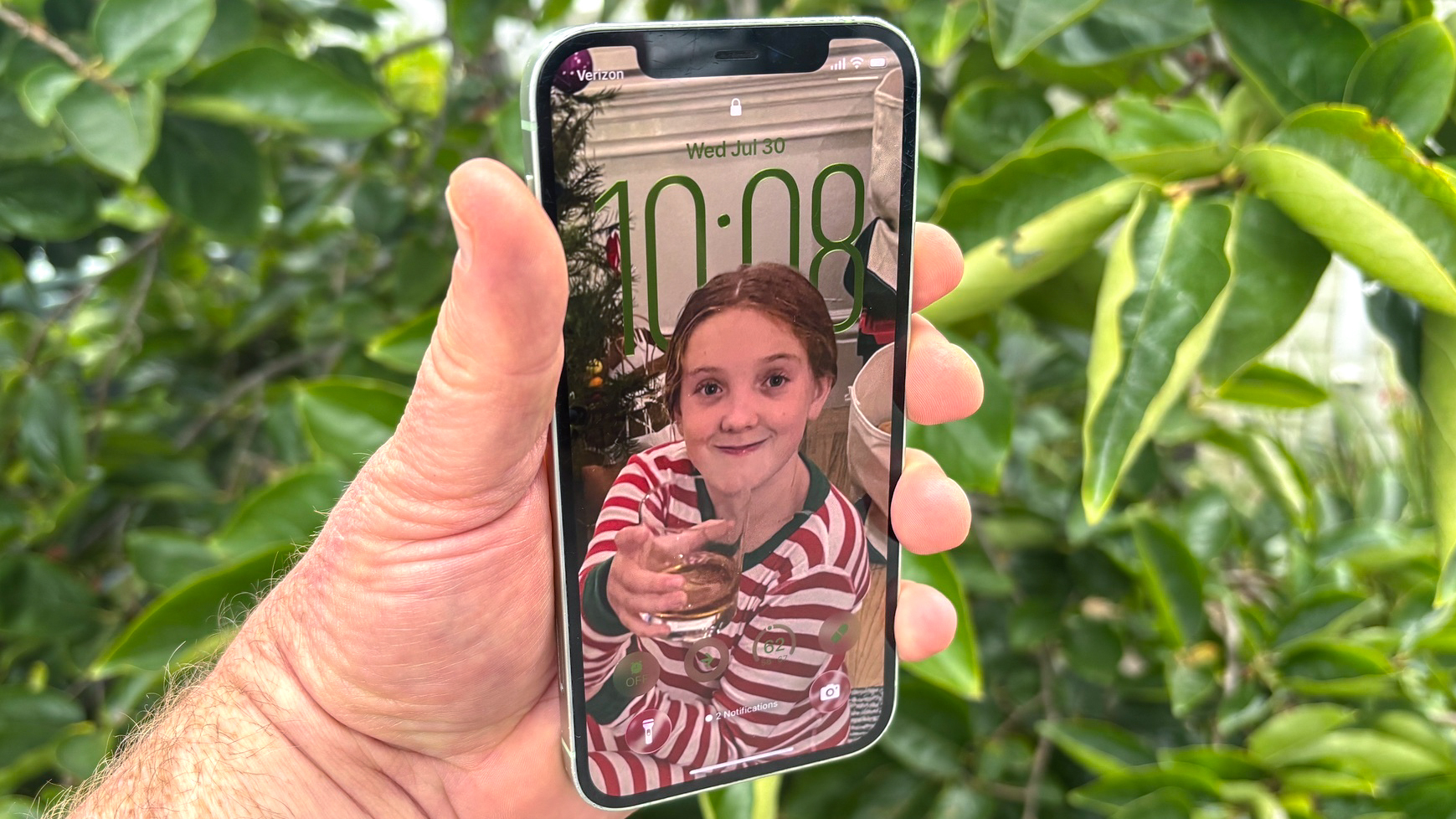Can't sleep? 7 tried and tested tips and hacks to help you fall asleep faster and easier tonight
Our team have tried all the hacks to fall asleep fast — these are the 7 most effective
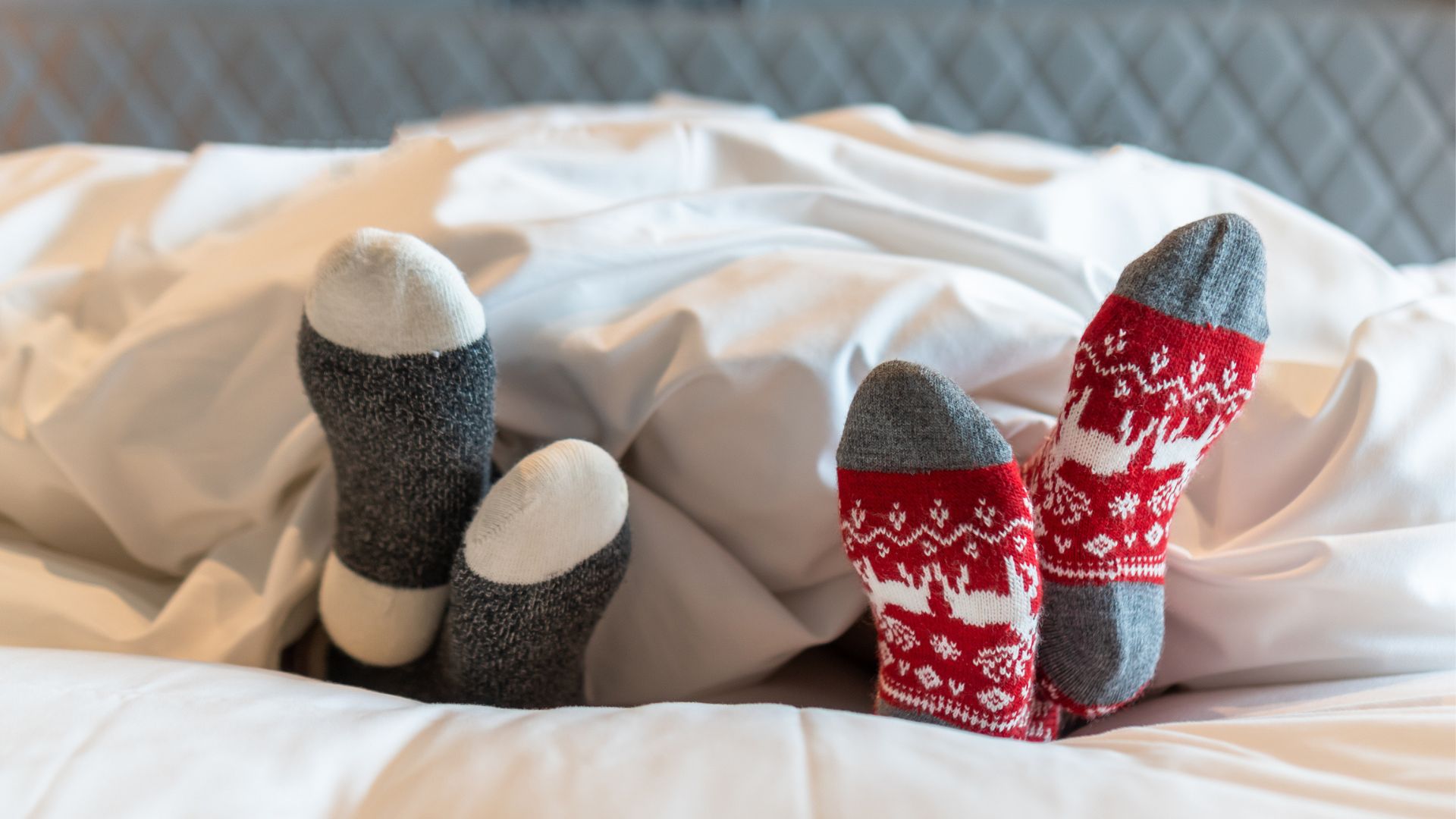
While it’s all well and good telling someone to keep a consistent sleep schedule, practise good sleep hygiene and get 8 hours of sleep a night (all great advice by the way,) sometimes, no matter how hard you try, you just can’t sleep.
That’s when it’s time to try the slightly more alternative sleep tips and hacks that get to work right away.
And, the Tom’s Guide Sleep Team have tried them all to find out which are really worth a go, from questionable sleepmaxxing methods like mouth taping, to tricks rooted in neuroscience, like cognitive shuffling.
Collectively, we’ve agreed on these 7 tips that aren’t your usual go-tos, but are extremely effective. So, whether you’re pre-empting a sleepless night or you’re lying awake right now watching the hours go by, read on to find out how to fall asleep faster.
Sealy Posturepedic Elite Hybrid: Getting the sleep you need improves a litany of issues, but you can't get that sleep if you're waking up stiff and sore. The targeted support of a Sealy Posturepedic® Elite Hybrid mattress helps provide relief where you need it most. This bed flexes to your unique shape, making sure you find the personalized support you need to perform your best in the morning.
7 tips to fall asleep fast tonight
1. Have a warm bath before bed
A firm favorite among our team is the warm bath before bed. And not for the reasons you might think.
While, yes, it is extremely relaxing and your muscles release tension in the warm water, there’s a more scientific reason for why this routine helps you sleep.
It instantly relaxes me by washing away not only the dirt from the long day but also the stresses and worries
Becky George, Sleep Writer
At night, our core body temperature drops which is a key indicator to our mind and body that it’s time to fall asleep. Similarly, in the morning it rises, which wakes us up.
Get instant access to breaking news, the hottest reviews, great deals and helpful tips.
You might think a bath would heat you up too much to fall asleep, but actually, moving from a warm bathroom to a cooler bedroom causes a drop in our body temperature.
Personally, lounging in a warm bath with some lavender oil added (known for its sleep inducing properties) works wonders.
It also gives me an opportunity to be completely screen free. And, for my colleague and fellow Sleep Writer, Becky George, a warm shower works just as well.
“I always make it a point to have a warm shower before hitting the sack,” she says. “It instantly relaxes me by washing away not only the dirt from the long day but also the stresses and worries, which is soothing for both my mind and body.”
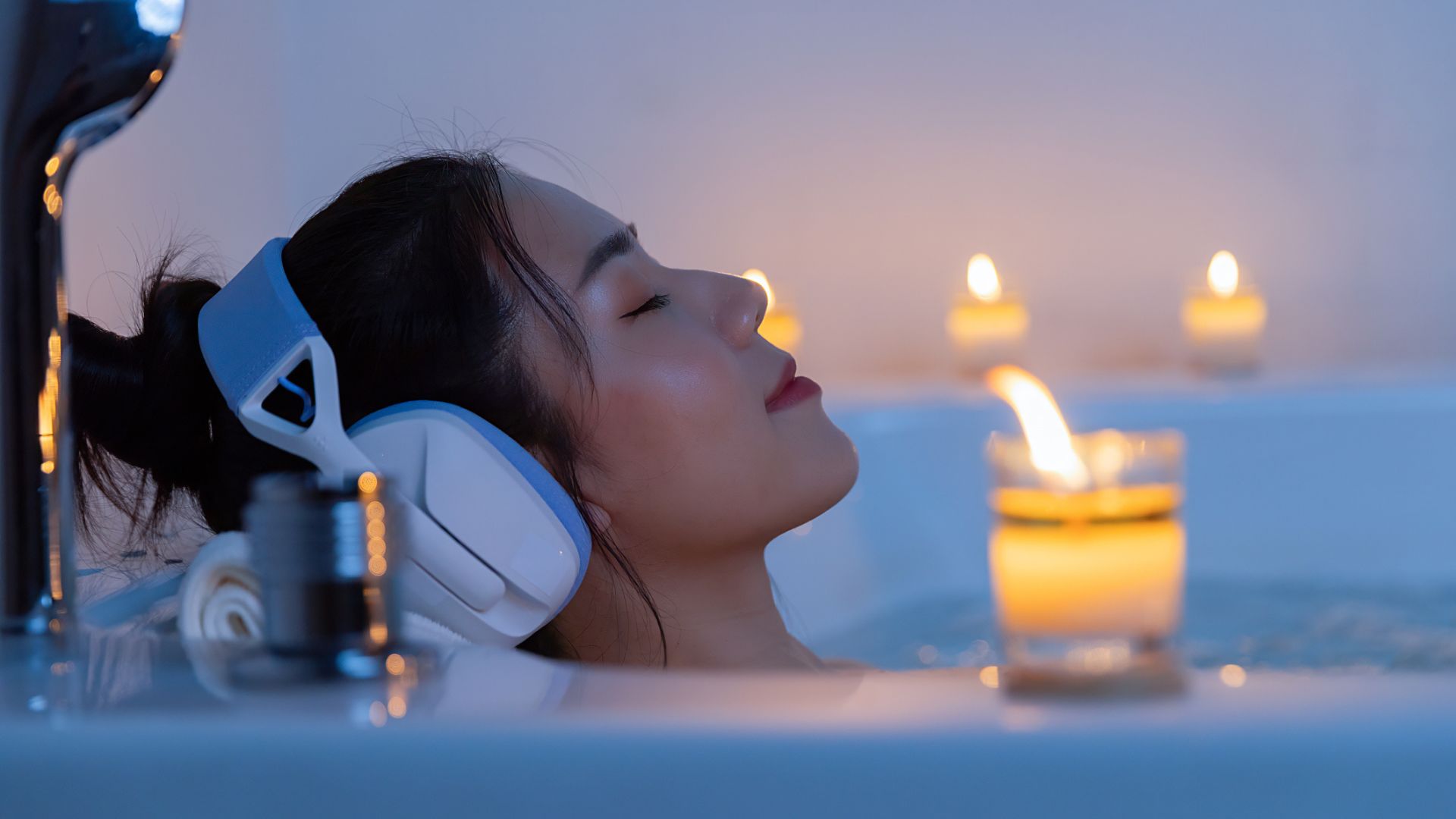
2. Write a to-do list
Fellow anxious sleepers and those prone to stress take note! It’s not uncommon to experience increased anxiety at night.
Processing the events of the day (replaying conversations if you’re anything like me) and worrying about tomorrow can make it feel impossible to drift off to sleep.
But you don’t have to keep it all in your head. Writing it down can help you clear your head and drift off quickly and peacefully.
Organizing my thoughts stops my racing mind and helps me sleep without disruption
Ruth Jones, Senior Sleep Writer
And Ruth Jones, Senior Sleep Writer for Tom's Guide, incorporates this trick into her nighttime routine.
“Writing a to-do list gets the thoughts out of my brain and onto paper, where, most of the time, major issues reveal themselves to be small nuisances,” she says.
“Organizing my thoughts stops my racing mind and helps me sleep without disruption, confident that I'm on top of things.”
And, it doesn’t just help her nights, but her mornings, too. “Instead of racking my brain trying to remember that fleeting thought that seemed so important last night, I just check my to-do list.”
Ruth swears by this trick, so much so that a pen and a notebook now permanently live on her bedside table.

3. Try cognitive shuffling
It’s easy to get ‘stuck’ in a pattern of thoughts when you’ve been lying awake staring at the ceiling. And the more stuck you get, the more difficult it is to switch off.
It’s my one go-to sleep hack that works 99% of the time
Lauren Jeffries, Sleep Features Editor
This is where cognitive shuffling comes in, and for me, it’s my one go-to sleep hack that works 99% of the time.
It’s a technique that purposefully scrambles your thoughts so your brain stops trying to make sense of them. Then, your brain is free to switch off.
All you have to do is imagine and visualize a series of random objects that are not connected to each other. By continuing to do this, you replicate that feeling right before you fall asleep where your thoughts stop making sense.
Soon, you'll find you've drifted off to sleep.
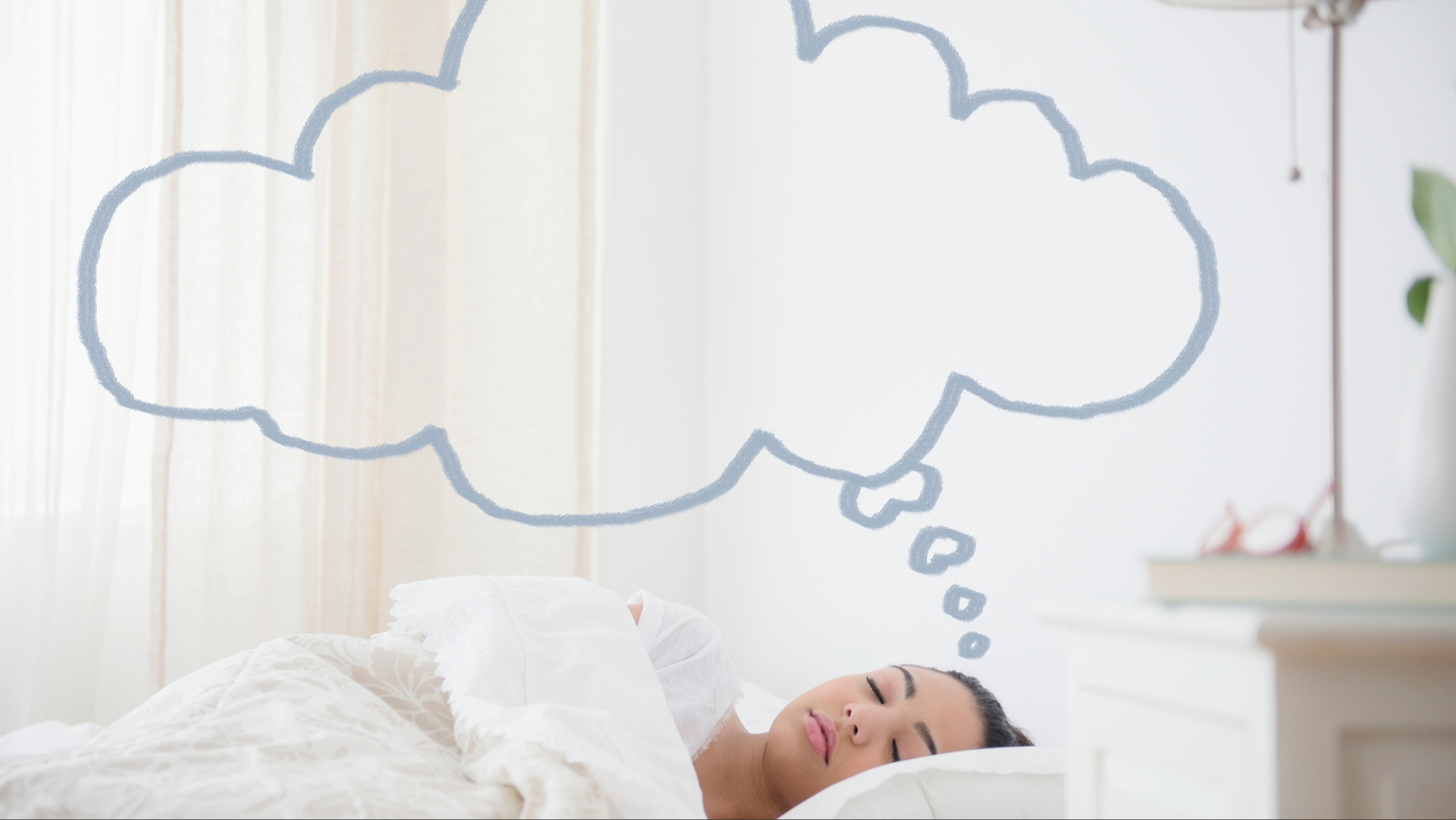
4. Practise a breathing method
In order to fall asleep, we need to stimulate our ‘rest and digest’ nervous system, called the parasympathetic nervous system.
However, when we’re stressed, anxious or overworked, it’s likely your sympathetic nervous system is activated, which is responsible for your ‘fight or flight’ response.
Focusing on counting while slowing my breathing down immediately makes me feel calmer
Eve Davies, Sleep Writer
A simple way to activate the parasympathetic nervous system is through your breathing. Specific methods can slow your heart rate and relax the mind and body.
Popular breathing exercises include the 4-7-8 method, box breathing and moon breathing.
"I often turn to the 4-7-8 breathing method when I'm struggling to switch my mind off to sleep after a particularly stressful day, or when I'm nervous for the day ahead,” Eve Davies, a Tom’s Guide Sleep Writer, says.
“This method involves breathing in for 4 seconds, holding your breath for 7 and exhaling for 8 seconds,” she explains.
For Eve, this is the perfect breathing exercise to calm her in the evenings. “I find focusing on counting while slowing my breathing down immediately makes me feel calmer, distracting my mind from anxious thoughts so I can fall asleep easier,” she says.
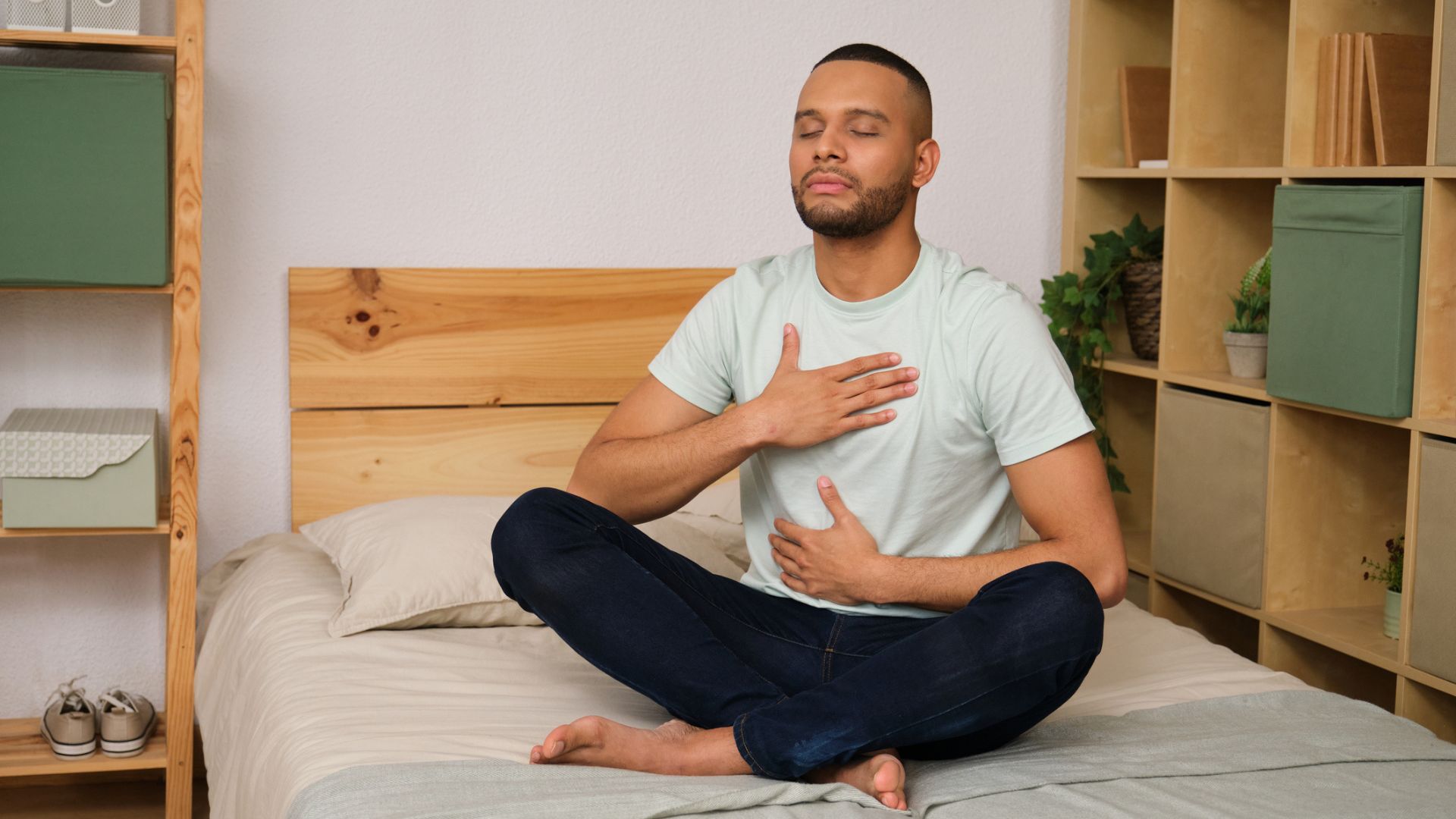
5. Meditate
Mindfulness is all the rage, and for good reason. In basic terms, it refers to being present in the moment and calmly acknowledging thoughts and feelings and letting them pass, rather than fixating on them.
I didn’t make it through more than 20 minutes before yanking out my Airpods and falling asleep
Claire Davies, Senior Sleep Editor
As you can imagine, this works wonders for sleep. Sleep meditation can take all kinds of forms, including visualization techniques like the Military Sleep Method.
This is a technique used by soldiers to fall asleep fast in which you visualize yourself in one of two scenarios:
- Lying on a boat in the middle of a blue placid lake underneath a blue sky
- Lying in a black velvet hammock in a black room
Another popular sleep meditation technique is guided meditation. These are videos or audio recordings of someone guiding you through a specific meditation that can combine specific thoughts, actions and breathing.
This can be a great option for beginners who might be daunted by the idea of meditating, and there are hundreds of great meditation videos available on YouTube.
Claire Davies, the Senior Sleep Editor for Tom's Guide, tried Jason Stephenson’s Floating Among The Stars deep sleep meditation and found it incredibly effective.
In fact, on night 2 of trying out this video, despite a stressful day Claire " didn’t make it through more than 20 minutes before yanking out my Airpods and falling asleep."
6. Keep your socks on
Yep, that’s right. Despite that satisfying feeling of taking your socks off in bed, if you want to fall asleep fast, it might be best to keep them on.
By keeping your feet covered, you actually lower your core body temperature, meaning wearing socks can help you fall asleep fast.
If you want to try this comfortably, opt for wool or cotton socks
This is because a process called distal vasodilation takes place, where blood flows to the hands and feet.
Rather than warming our feet and therefore increasing our general body temperature, like we might expect, it actually reduces our core body temperature.
And, like the bath trick, this signals to our body that it’s time to fall asleep. If you want to try this comfortably, opt for wool or cotton socks.
These natural materials are moisture wicking and breathable, meaning you shouldn’t feel too hot or uncomfortable, even during the summer months.
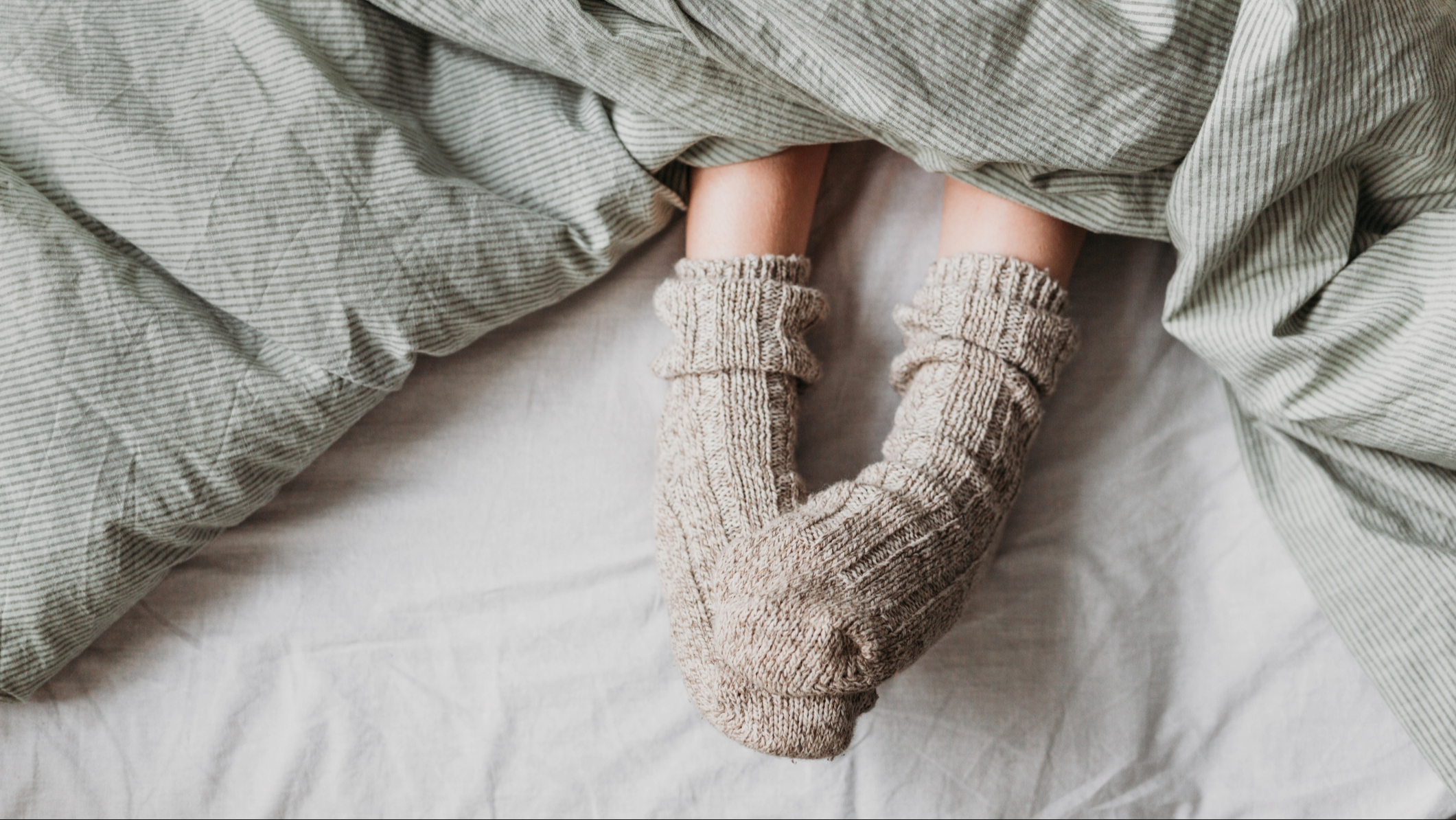
7. Declutter your bedroom
A busy bedroom means a busy mind. Falling asleep amongst mess and clutter is a tricky task, and one that’s likely to increase your stress and anxiety. A simple solution? A quick declutter and tidy as part of your nighttime routine.
“Decluttering your bedroom is such an underrated sleep hack, but giving my bedroom a tidy up before bedtime always sets me up for a peaceful night’s sleep,” says Nicola Appleton, Sleep Editor for Tom’s Guide.
In a way, decluttering my bedroom is like decluttering my brain
Nicola Appleton, Sleep Editor
“There’s a couple of good reasons for this,” she continues, “the first being that a cluttered bedroom — whether it’s piles of clothes yet to be put away or empty glasses stacking up on the bedside table — increases your stress levels, which is bad news for anyone, like me, who has nighttime anxiety.”
Another reason Nicola does this is to maintain a consistent nighttime routine. “It’s a quiet, unstimulating activity that helps me wind down after a busy day,” Nicola explains.
“Clothes get folded and put away, the bed gets made (if it isn’t already) and my bedside table cleared. In a way, decluttering my bedroom is like decluttering my brain. When the time comes to pull back the covers and go to bed, I feel relaxed and ready for sleep.”
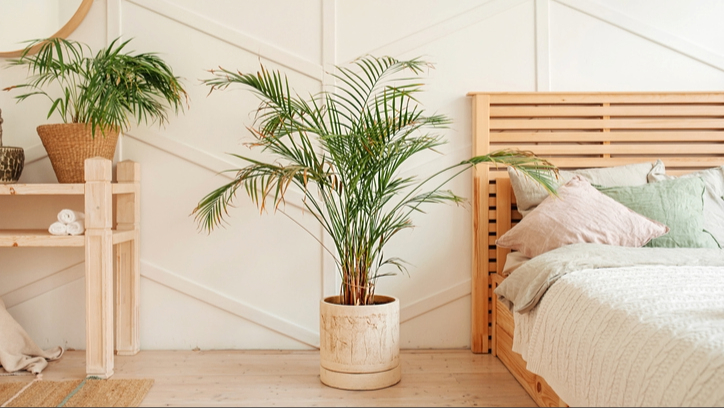
How long should it take you to fall asleep?
Sleep onset or sleep latency is the time it takes for you to fall asleep. Normal sleep latency is anywhere between 10 and 20 minutes, but everyone is different.
However, if you’re taking well over 20 minutes night after night to fall asleep, it’s worth talking to a healthcare professional to find out if anything underlying might be keeping you awake.
Sometimes you can reduce the time it takes you to fall asleep if you pay close attention to your sleep hygiene. This refers to the habits you have during the day and night which might impact your sleep quality, and this includes your environment.
Good sleep hygiene practices include eating three balanced meals a day, avoiding caffeine in the afternoon and keeping a consistent sleep schedule.

Lauren is an experienced writer and editor in the health and lifestyle industry and has led many campaigns and projects that deliver news, advice, and research on all things sleep. As the Sleep Features Editor for Tom’s Guide, Lauren writes, commissions and edits sleep and mattress content, from in-depth how-tos in sleep and mattress health to interviews with doctors and neuroscientists on the latest news in sleep. Lauren regularly tests new sleep tech and accessories to evaluate their effectiveness for getting good quality sleep and easing specific sleep struggles like nighttime anxiety. Alongside this, Lauren reports on the best mattress brands out there, like Helix, Saatva, and DreamCloud, helping readers find the right mattress for them and the best deals on them.
You must confirm your public display name before commenting
Please logout and then login again, you will then be prompted to enter your display name.
